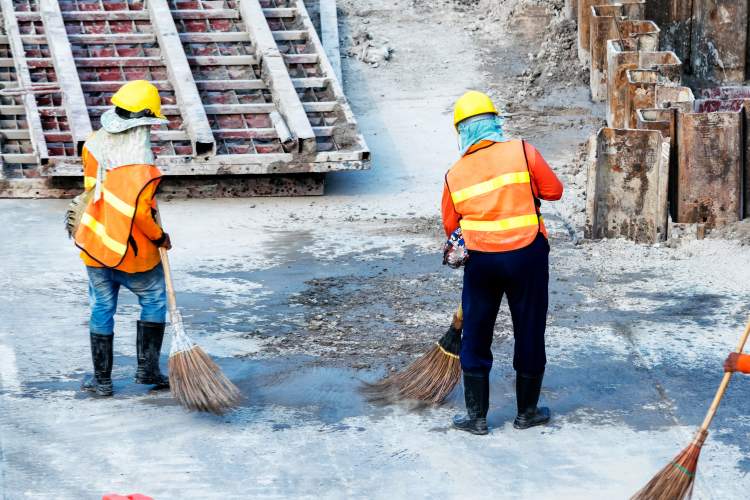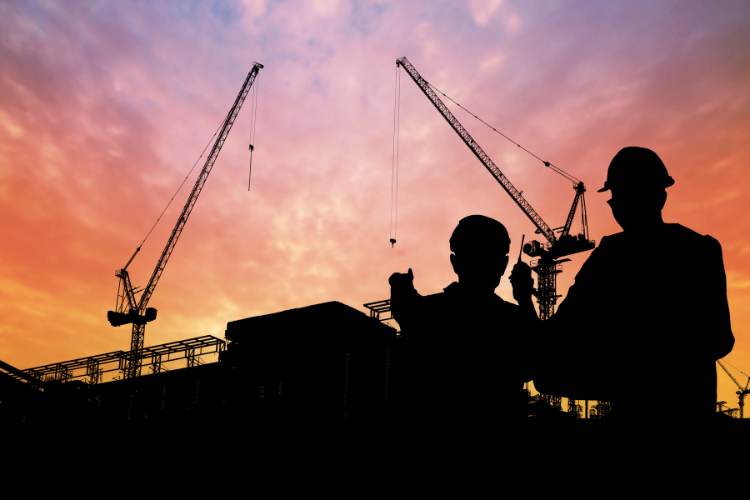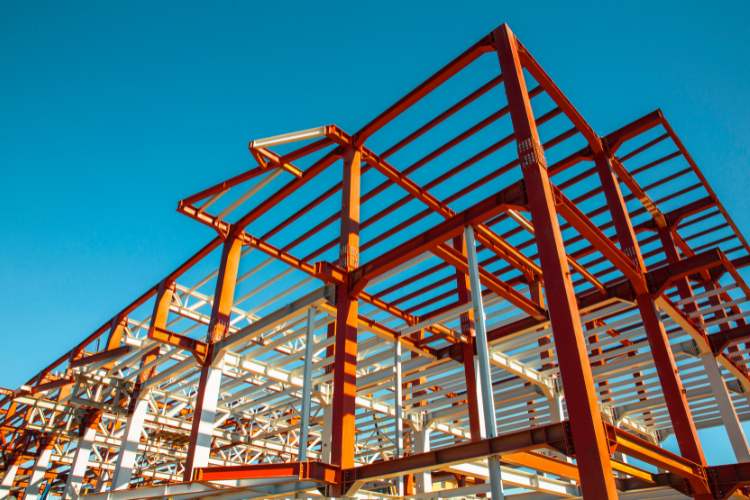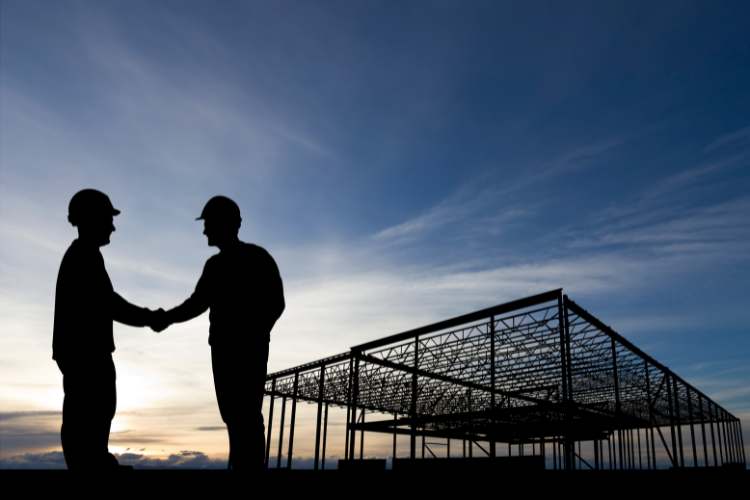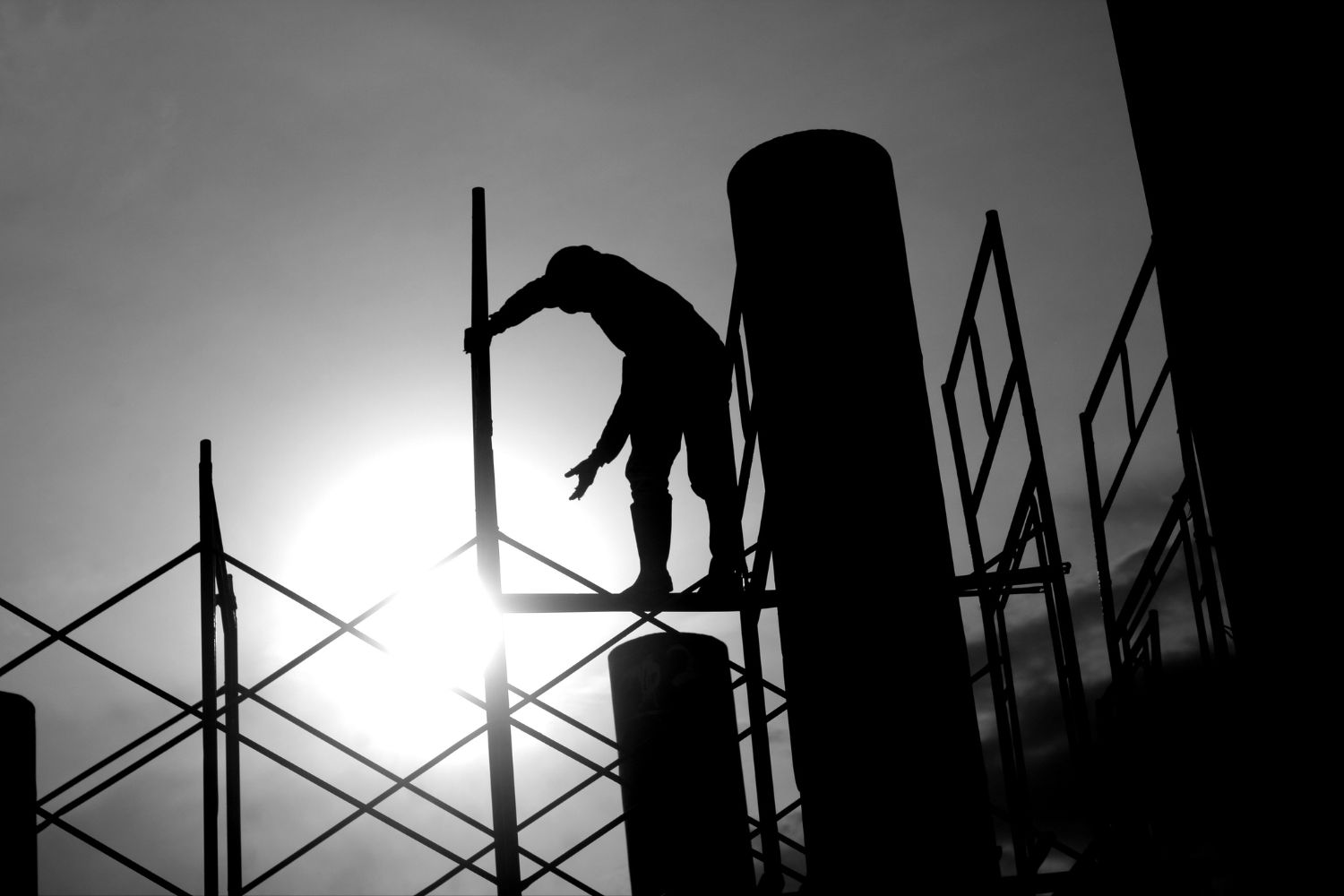Table of Contents
Construction Safety: A Brief History
Construction projects—in one form or another—are as old as humanity itself. The same cannot be said for construction safety. In fact, there were virtually no safety measures for physical labor jobs right up until the early 1800s. Real enforcement didn’t come along until the late 19th and early 20th century, when employers started providing insurance and raising wages to attract workers to these dangerous jobs. In 1910, a law was passed in New York that forced employers to pay compensation for injuries, rather than forcing injured workers to sue for damages. And in 1913, the National Safety Council was formed with the goal of upholding the health and safety of American workers.
In this article, we’ll explore the importance of construction safety, top safety risks to be aware of, OSHA’s role in construction safety, and actionable ways to improve safety measures at your organization.
The Importance of Construction Safety
While improved regulations have led the construction industry to become demonstrably safer, there is still more work to be done. According to OSHA, approximately 1 in 5 workplace deaths in 2019 were construction related. Penalties for safety violations can range from $13,653 to $136,532. In New York City, a string of construction worker deaths prompted the city’s Department of Buildings to begin “zero tolerance” safety sweeps at thousands of the largest and most complex construction sites in all five boroughs.
In 2021, Big Rentz reported these staggering safety statistics:
- Falls account for 33% of all construction deaths
- Annually, 1.7% of construction workers suffer an injury serious enough to miss work
- The construction industry accounts for 8.5% of all injuries that result in lost workdays
- Injury rates in construction are 71% higher than all other industries (on average)
- Workers in the 25- to 34-year-old bracket were most likely to sustain an injury on the job
- Fatal construction injuries cost the U.S. approximately $5 billion each year in health care, lost income, reduced quality of life, and lost production
- Workers comp claims for nonfatal falls account for $2.5 billion annually
The importance of construction safety on the jobsite cannot be stressed enough. It is in the best interest of everyone involved for a construction company—no matter the size—to prioritize worker safety and, thereby, improve the bottom line.
In addition to minimizing health risks and saving money, a safety management program offers an abundance of other benefits that include:
- Improvements in quality and production
- Increased employee morale
- Gains in employee recruiting and retention
- Better image and reputation among customers, suppliers, and the community
While implementing a safety program is the first step, it will have little meaning or impact if it is not enforced. Therefore, buy-in from top-level management to front line employees is essential. Rigorous adherence to construction safety protocols can also be considered a facet of your brand as a subcontractor, and is something that every GC would hope to see.
Top Safety Risks for the Construction Industry
There are numerous safety risks on most construction sites. In a report by MSC Safety Solutions (a Frederick, Colorado-based firm that provides a wide variety of consulting services for clients in both the general industry and construction fields), the top three risks for fatal injuries to workers for the time period of 2015 to 2020 are:
- Falls from a height (25%)
- Struck by a moving vehicle (19%)
- Struck by a moving object (13%)
For non-fatal injuries to employees (as reported by employers) in 2019-2020, the top three risks included:
- Slips, trips, or falls on the same level (29%)
- Handling, lifting, or carrying (19%)
- Struck by a moving object (11%)
These statistics highlight the importance of companies implementing safety rules and workplace safety training. OSHA also revealed the top 10 most frequently cited violations for 2018. Year-to-year, the rankings rarely change, with fall protection, hazard communication, and scaffolding comprising first, seconds and third place.
4 Actionable Ways to Improve Construction Safety
In 1970, the Occupational Safety and Health Act was created and passed within the Department of Labor to set safety guidelines for all industries—including construction. All businesses in the construction industry are subjected to OSHA compliance requirements.
In order to enforce these requirements, OSHA has issued certain regulations and directives that outline various employer practices that, when implemented, lead to safer work environments. The four pillars of OSHA’s health and safety compliance were created to offer straightforward and actionable strategies that companies can implement to create a safer work environment. The four pillars are:
- Management Leadership and Employee Involvement: Everyone within the company must be committed to not only following safety practices, but also to holding each other accountable for following training protocols and enforcing practices. OSHA recommends that leaders implement annual reviews, goal setting, and action planning. Employees should be able to provide feedback and input as well.
- Worksite Analysis: This requires leaders to collect data and identify safety and health hazards, and then create solutions to control, repair, or eliminate them completely. Managers should also review all employee injury records and look for commonalities to identify potential issues within the workplace.
- Hazard Prevention and Control: This step involves taking action regarding all potential identified hazards. This may require purchasing personal protective equipment for employees, engineering projects to install safeguards like railings, or other administrative actions.
- Training: OSHA recommends that every single employee receives comprehensive training to learn how to follow OSHA compliance requirements. Employees should be able to access the OSHA construction safety manual for future reference and receive a personal copy of all policies, procedures, and safety rules that the company enforces.
OSHA Courses
OSHA offers a comprehensive online library that features more than 40 construction safety training courses for construction workers and contractors. These courses help companies standardize their compliance training needs without sacrificing valuable time and money.
Here is a sample of some of the courses offered:
- Basic Safety Orientation for Construction
- Cranes and Rigging in Construction
- Drug and Alcohol Abuse in the Workplace
- Electrical Safety
- Emergency Action Plan
- Hazardous Materials Personal Protective Equipment
- Scaffold Safety
- Stairways and Ladders
- Walking and Working Surfaces
- Workplace Violence Protection
OSHA recommends that employees receive “refresher” courses on a regular basis, and requires that they are taught the proper procedures for reporting any potential violations.
Prevention Resources
In an effort to continually improve safety in the construction industry, much information is available, including prevention fact sheets regarding:
- Fall protection
- Aerial lifts
- Scaffolding
- Trenching and Excavation Safety
- Hand tool safety
Construction safety is a fundamental pillar of strong construction brands. With a culture of commitment to safety, both subcontractors and general contractors can position their companies to thrive, expand their business, and, most importantly, protect their workforce.




